Bipolaris
Essay film (30 mins)
As a child, I believed our brains were made up of two spheres, connected by a narrow passageway. In one sphere lived my mother – rational and orderly. In the other, my father – chaotic and boundless. This film is an exploration of that passage, the bridge between control and surrender, between reason and wonder.
The film unfolds along two narrative threads. On the one hand, there is the scientific research into the fungus Claviceps Purpurea (Ergot) at the Julius Kühn Institute in Germany – a symbol of the world of control, reduction, and mastery, the domain of the left hemisphere of the brain. On the other hand, we hear testimonies from (former) residents of Pont-Saint-Esprit, a French village struck in 1951 by a mass outbreak of hallucinations and collective madness – presumably caused by bread contaminated with Ergot. These memories form a portrait of the irrational, mythical, and poetic aspects of being human – the world of the right hemisphere.
Between these two realities, the voice of the now-grown child tells the story of a childhood split between two parents: a mother who sought safety in order, language, and fixed structures, and a father who built an airplane in the attic, driven by imagination and adventure. While the child tries to reconcile these two worlds, it gradually loses connection with itself.
The film builds as an inquiry and culminates in surrender. Images become infected, order is disrupted, and the boundary between fact and perception begins to blur. Ultimately, space opens for the question: Can we, despite the compelling logic of the adult world, preserve the magic of childhood?
Bipolaris is a hybrid film essay in which personal memory, scientific research, and collective delusion are interwoven. It is a poetic and sensory portrait of an inner divide that touches us all. It is a film that challenges and invites the viewer: to reflect, to recognize, and to once again embrace the imagination. The different storylines come together through a soundscape, of which parts are being performed live during the screening by two bass clarinets.

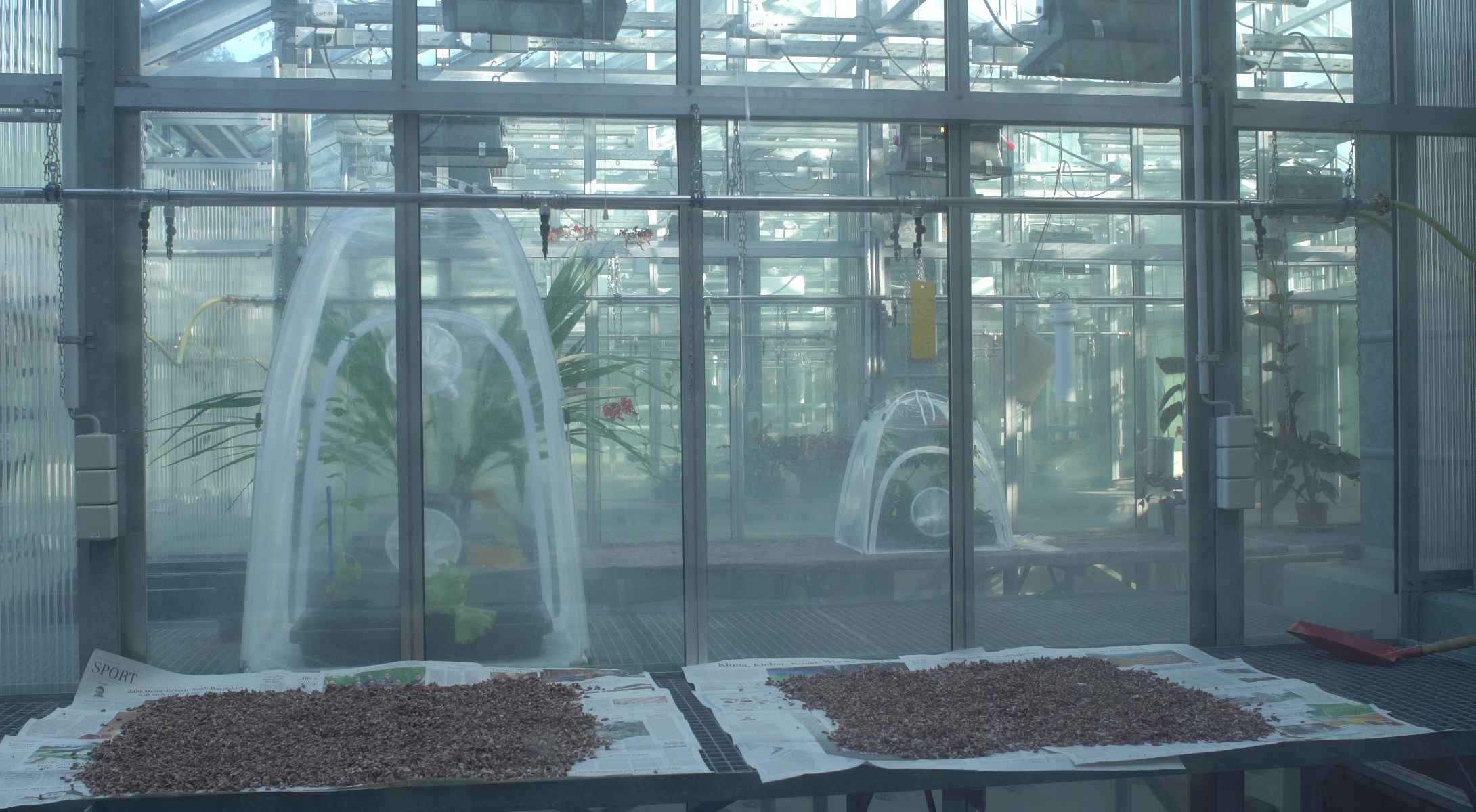
Technological progress alone is not going to save the world and I believe that art and science are a special pair in this respect; one that brings together knowledge and feeling, calculation and magic. We can learn how to fly and realise our ideas, but we also live in a body and stand with our feet in the mud; it is important to keep those two extremes in touch. This film is a plea for shifting the balance to the right hemisphere; for not recognising what you already know, for being surprised in a childlike way, for respecting the limits of human knowledge, for learning from other life forms. By placing the story in the kingdom of fungi, I deliberately cross the anthropocentric boundaries of place and time, of identity, and of truth and madness.
- Medium/Duration
Short film (appr. 30 min), colour, sound
- Collaboration with
Marc Thelosen, seriousFilm: producer
Ingrid van Tol: script coach
Peter Mann: cinematography
Stephan Blumenschein: soundscape
Erika Roux: Research, assistance and translation - Support
Nederlands Film Fonds, Mondriaan Fonds, Amsterdam Fonds voor de Kunst & Amarte
- Timeframe
Development phase for the film was completed in the summer of 2025. The realisation phase is anticipated to start late 2025.
Maaike Anne Stevens is a visual artist based in Amsterdam and London. She works with text, image, installation and film. Her work has been shown at exhibitions and screenings worldwide, including at the Jerwood Space London (UK), the Austrian Filmmuseum (Vienna), Visions du Réel, Nyon (CH), IFFR Rotterdam (NL), The Art Gallery of Alberta (CA), and the Museo de Arte Contemporáneo Santiago (CL). Her work is part of the Victoria & Albert Museum permanent collection. Maaike is a graduate of Central St.Martins College of Art and Design (BA Fine Arts, 2008) and Goldsmiths College (MFA Fine Arts, 2012).
Early Forms
Etchings
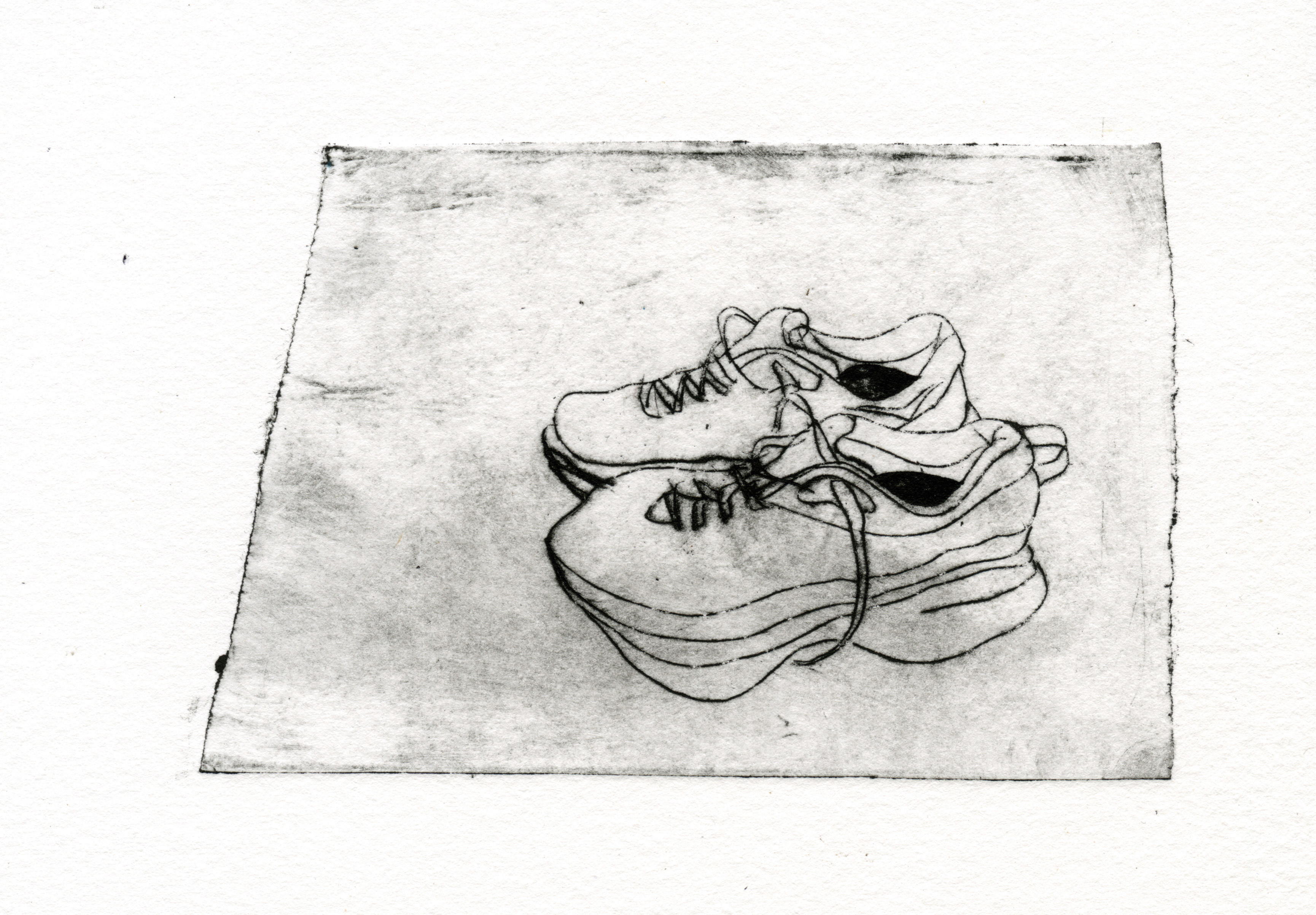
Tower C
Text
Through a friend of a friend I was offered the apartment for the 2 weeks. It was located on the 11th floor of a tower block in the Providencia district in the centre of Santiago. Tower C was the second-highest of four rectangular concrete blocks, which together enclosed a central square. The complex and the adjoining park were built in the 1960s in the minimalist architectural style typical of that time. From the left-hand side room of the apartment I could see Tower D, whose upper floors disappeared from view due to their proximity. On the right was Tower B, the lowest of the four; lying on its flank, solid, reliable. Across the square stood the tallest tower, Tower A, whose floors could all be seen thanks to the distance.

Strange Body
Silver cast
Silver cast made out of a 3D scan of a cyst in my left breast.
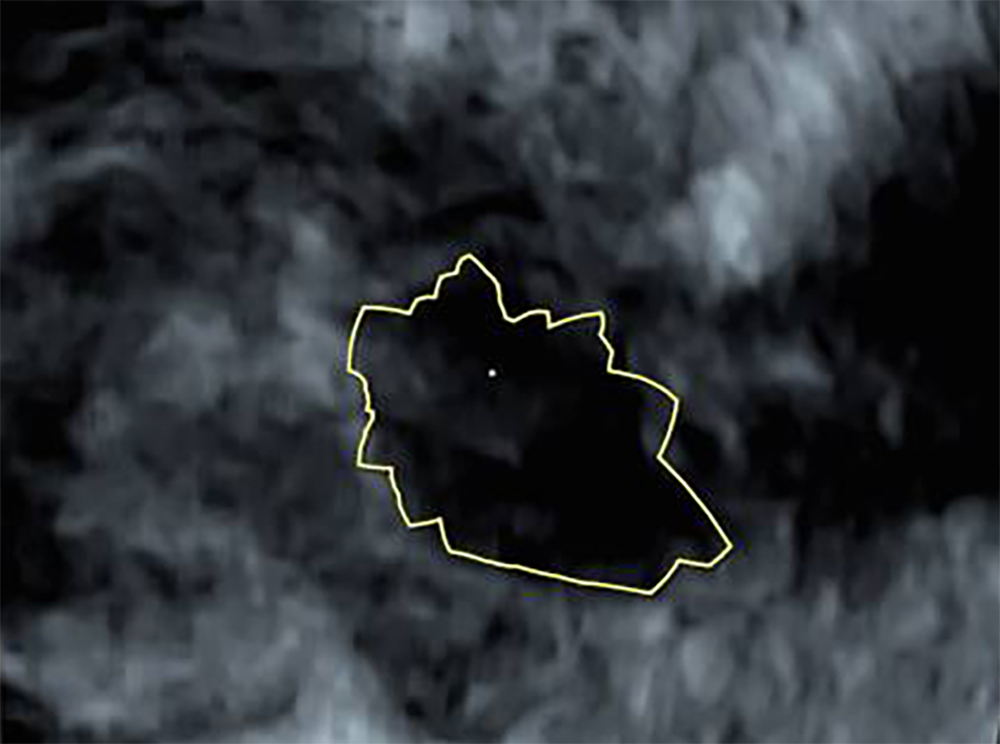

Scylos
Short film
At the edge of the Moroccan Sahara a man contemplates his nomadic past and the turn his life has taken, whilst scientists in a German lab analyse deep-sea mud cores to unravel the Earth’s history. Scylos is a short film made in collaboration with Peter Mann. It premiered at Visions du Réel, Nyon (CH) and IFFR Rotterdam in 2021.
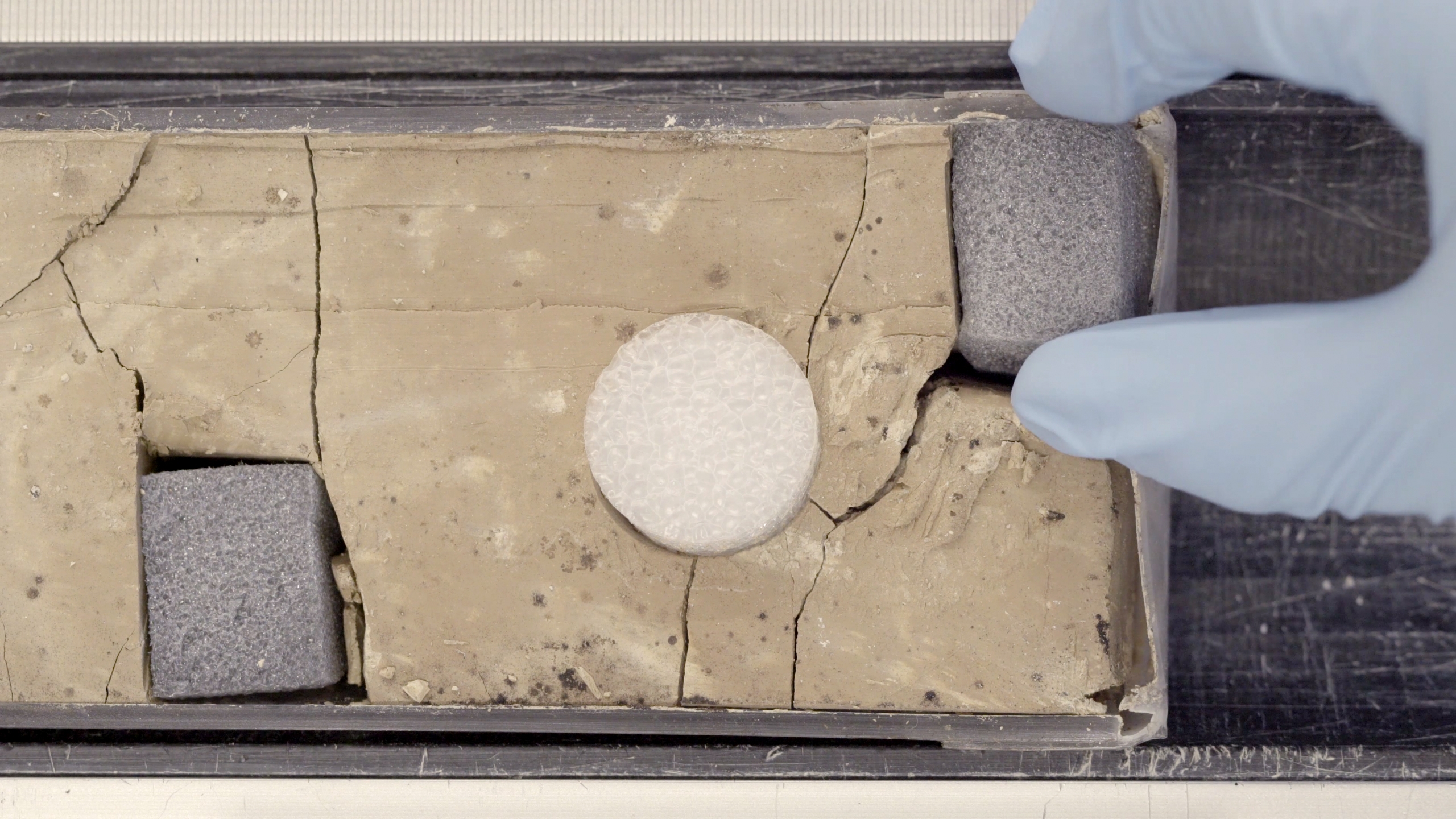
This contemplative film is composed from sequences shot in a small desert village on the edge of the Sahara in southeastern Morocco and at the IODP Bremen Core Repository, where thousands of deep-sea mud cores from all over the world are stored, sampled and analysed by scientists, who try to explain cycles of extinction and bloom in the history of the planet.
Objets
10-day research programme with Slow Research Lab
In January 2019 I participated in a 10-day research programme in Tiznit, Morocco, organised by Slow Research Lab. The programme was a collaboration between international artists and the local community. Tiznit is located on the Targua oasis, 90 kilometres south of Agadir. Today, much of the oasis is in a state of neglect. This programme was set up to create more awareness among the local population of the importance of the place and to give the oasis a new lease of life.
Stop 18
Drawing and text
Text written as part of a creative workshop with Perdu, Amsterdam about my time working as an image editor for a multimedia tour guide company. Image drawn with graphite and pencil.
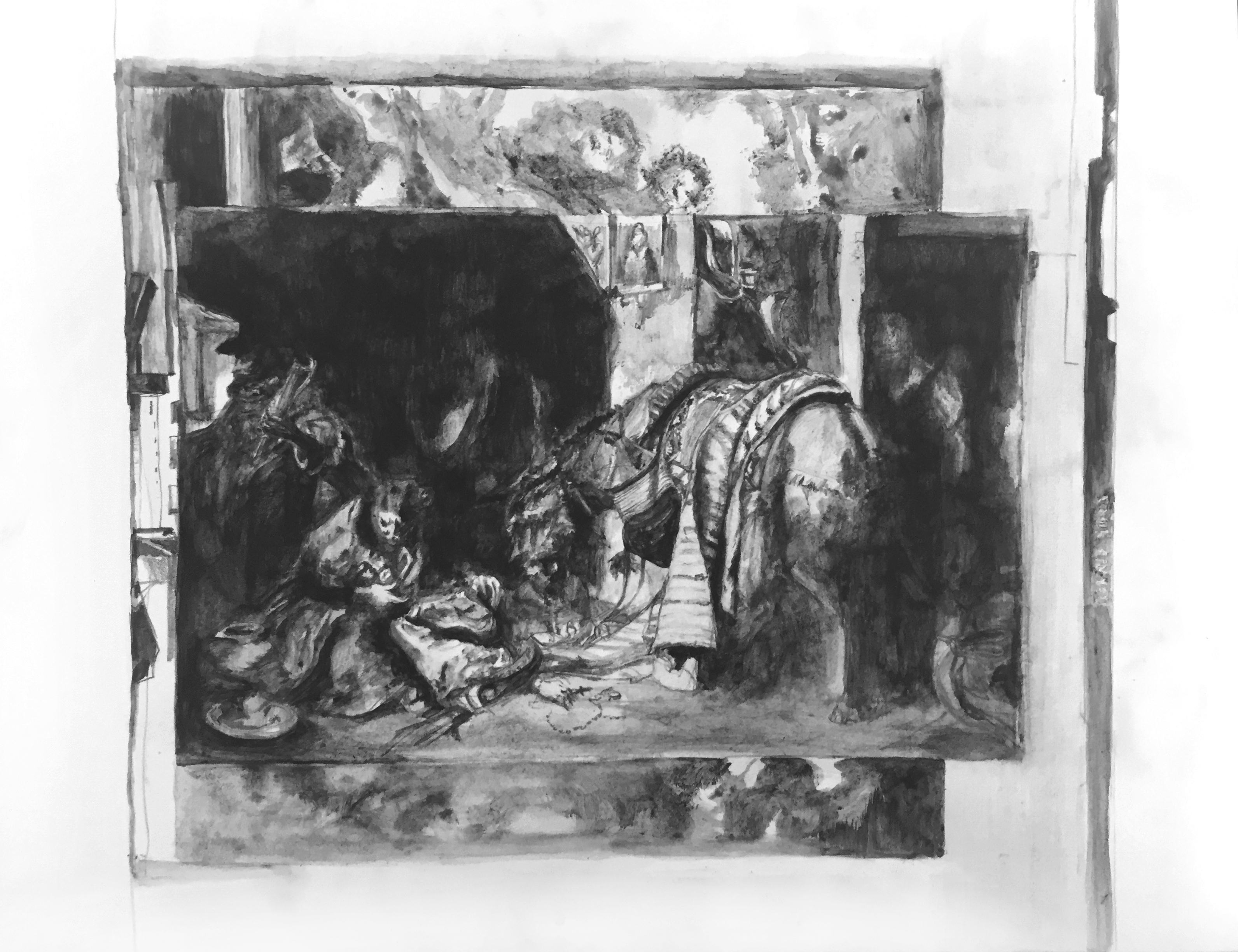
Bodies of Water
Trio exhibition at Exposed Arts Projects, London
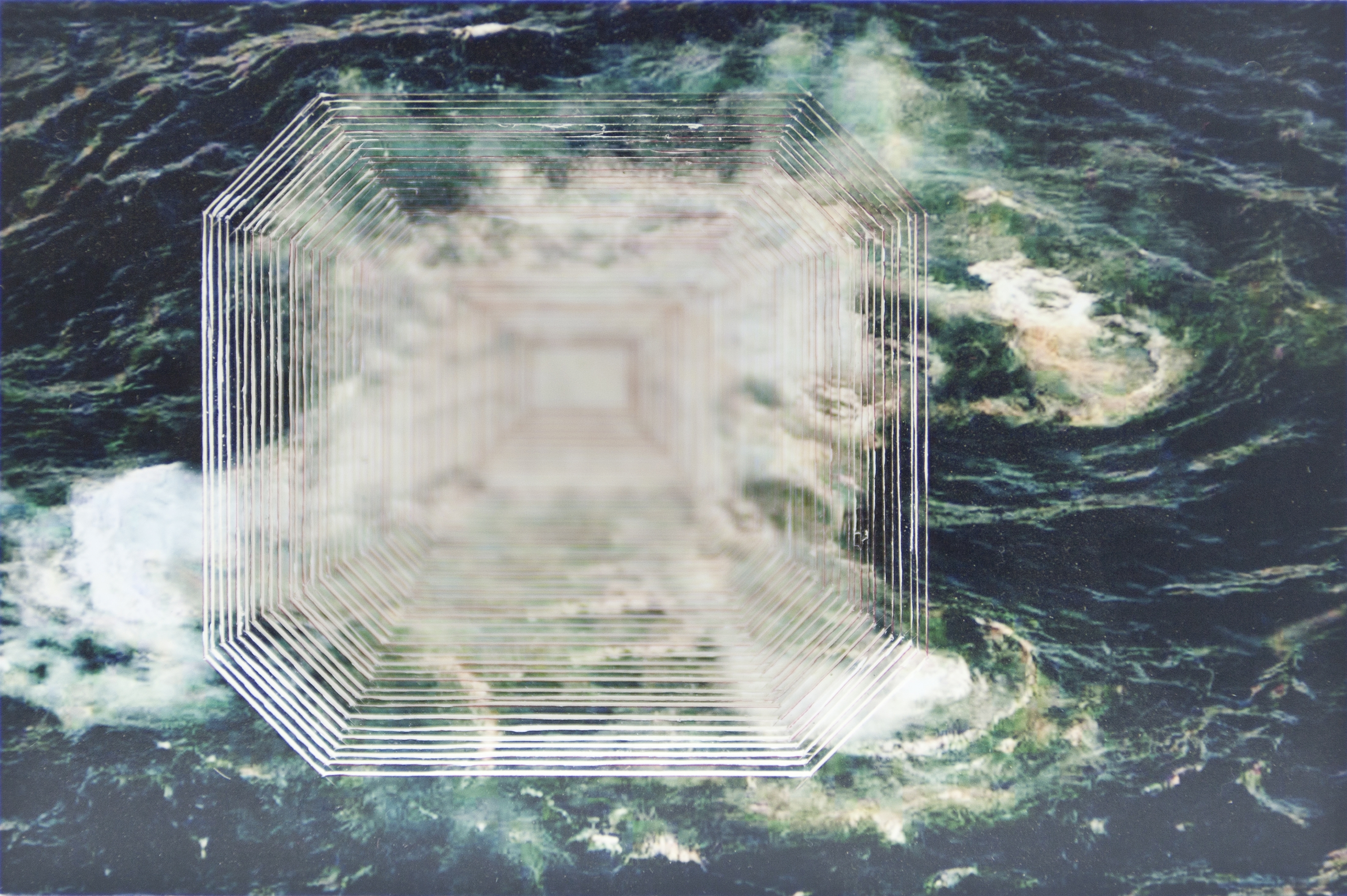
Curator Sasha Burkhanova-Khabadze: ‘The thought experiment in the exhibition Bodies of Water is not only to undo the idea that bodies have to be human; rather, it is to help our imagination to grasp that the human is always inevitably more-than-human…The three art projects, coincided in the exhibition, enable alternative ways of thinking about the ‘waterly ethics’, mutual responsibility, and developed practices of care — specific to the human-water relationships, explored by each artist.’
Calymene Siveter (1996)
Temporary installation at Galería Tajamar, Santiago (CL)
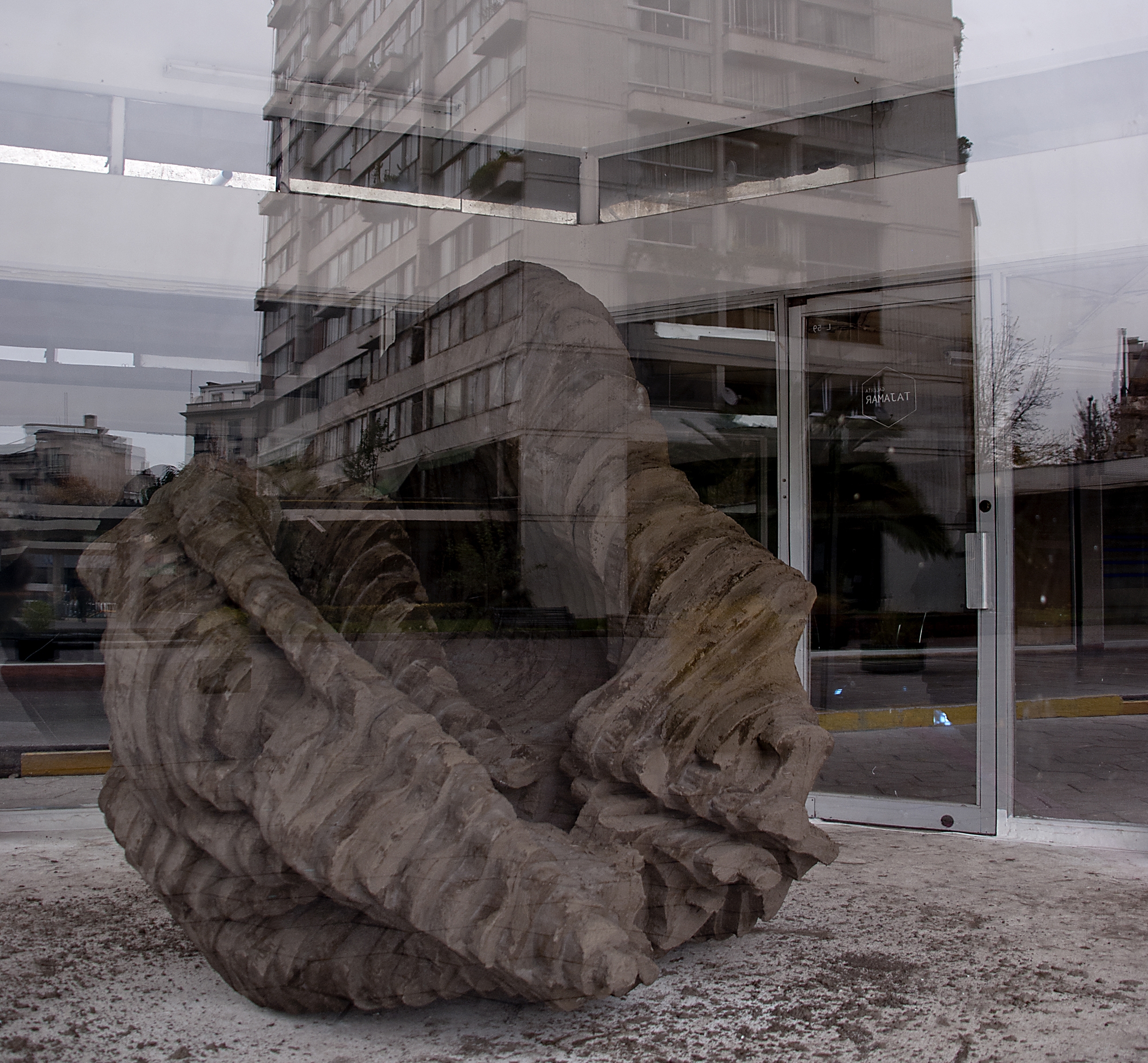
This work is based on the trilobite Calymene Siveter, which was found in 1996 in Herefordshire (UK). Trilobites constitute a class of extinct arthropods most of which lived in the sea. The installation was specially designed for Galería Tajamar, in downtown Santiago (Chile). The gallery space is in an old kiosk, which stands in a square between 4 towerblocks. These towers, the plaza and the surrounding shops were built in the distinctive concrete modernist architecture of the ‘60. For the space, a 3D scan of the trilobite was blown up to life-size proportions.
In The Minds of Others (Anonymous)
Ongoing collaboration
In The Minds of Others (Anonymous) is an ongoing collaboration with Chilean artist Maite Zabala in which we meet each other for short working periods in different parts of the world. Past residencies and exhibitions have included: The Banff Centre (CA), The Art Gallery of Alberta, Edmonton (CA), Arquetopia, Puebla (MX), and The Museum of Contemporary Art in Santiago (CL).
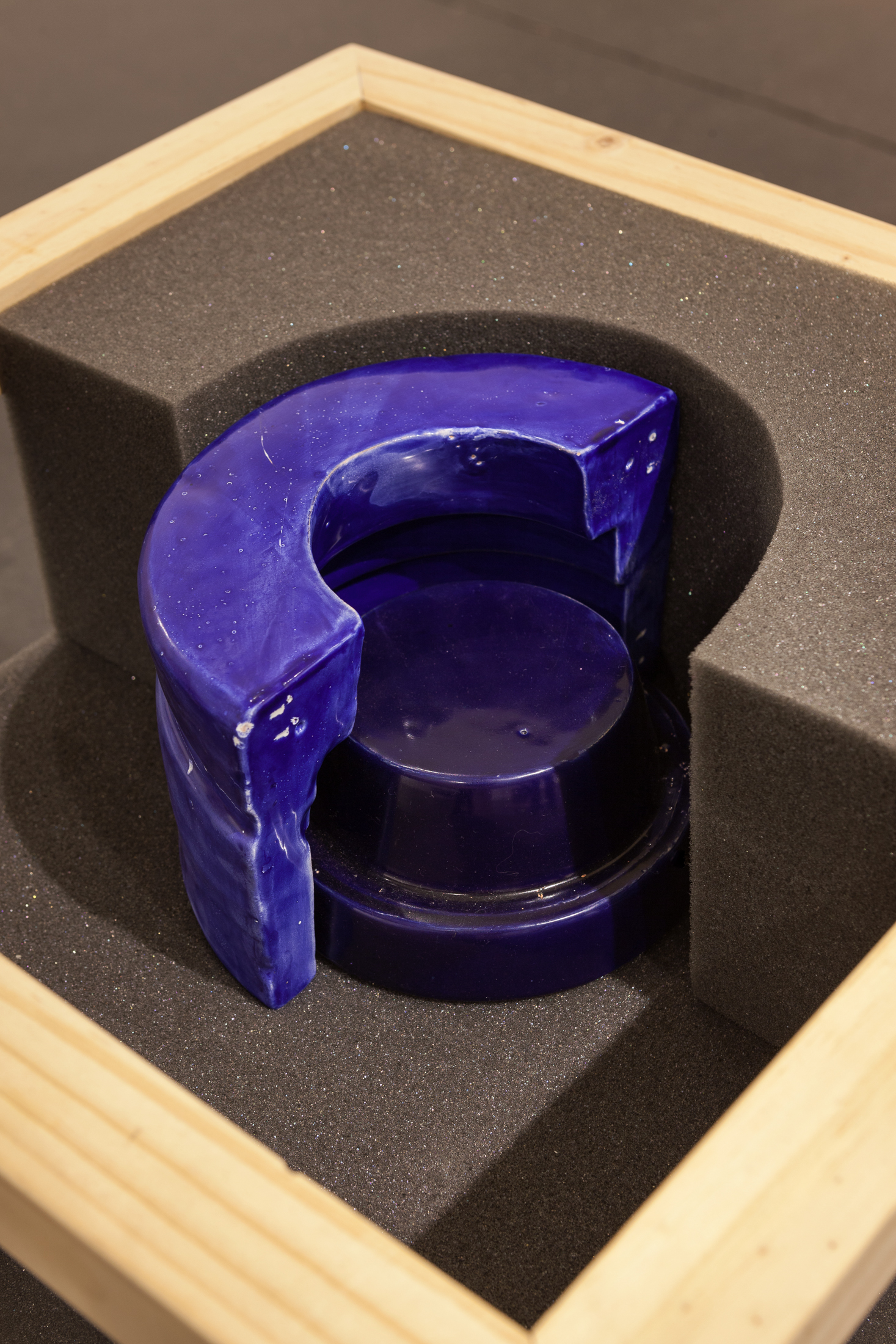
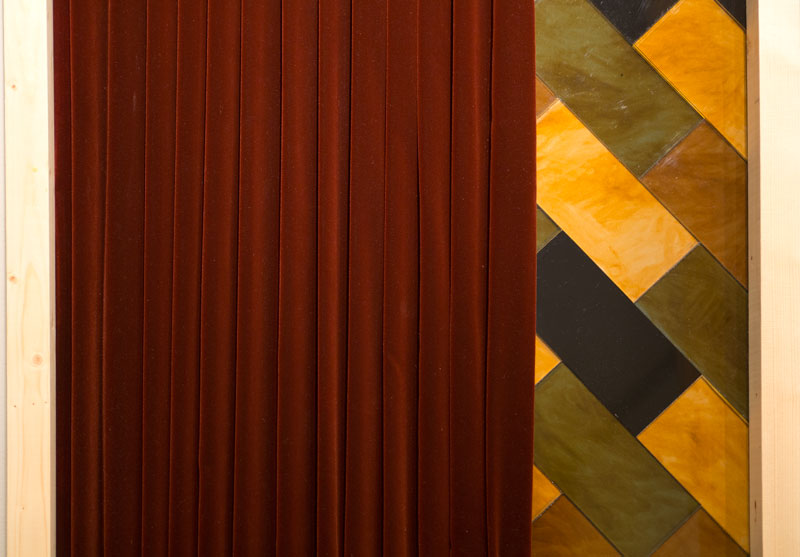
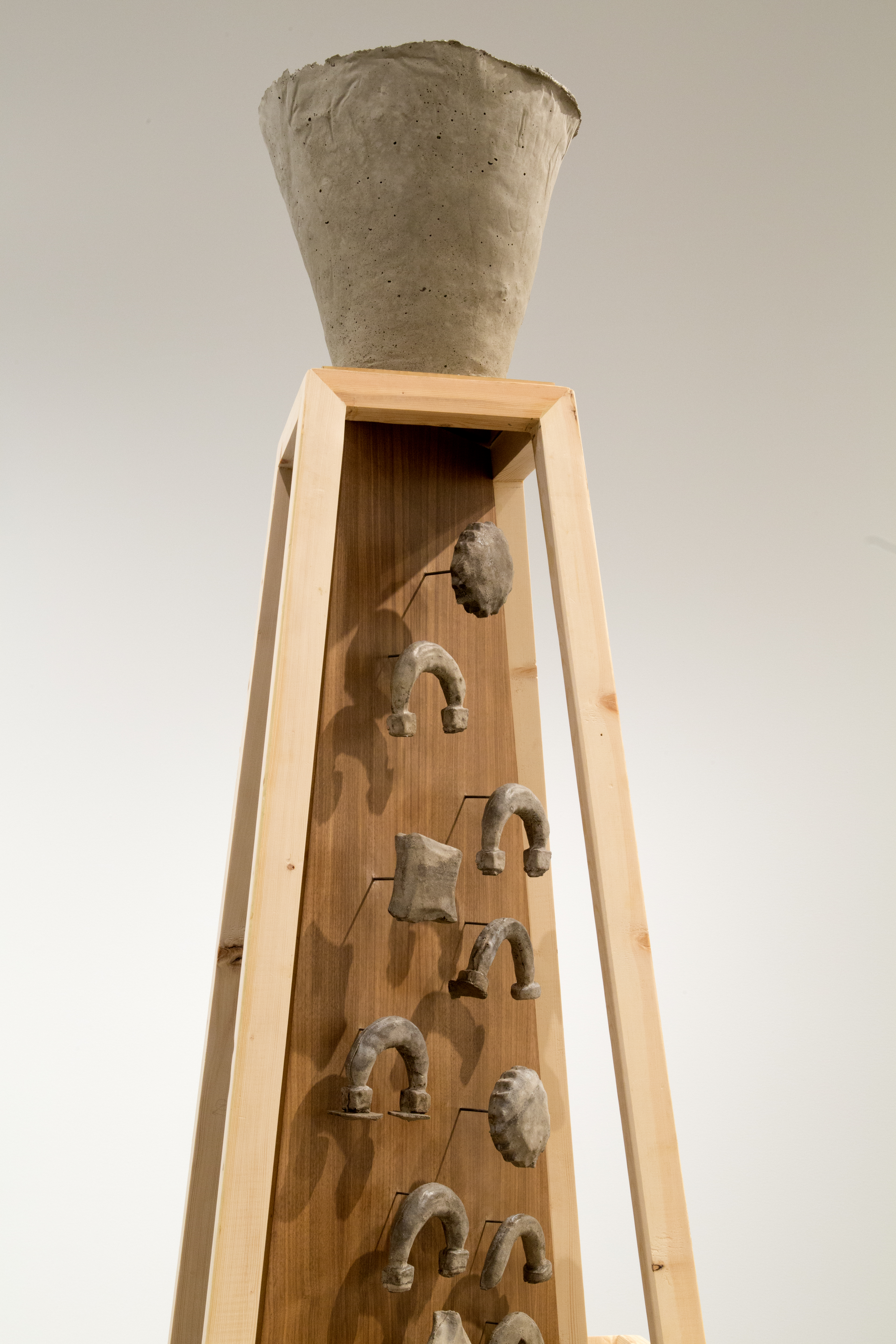
Displacement
Commissioned artwork, 26-32 Oxford Street, London (UK)
This public artwork is an integral part of the facade of a new construction project in the centre of London. An irregular pattern of lightboxes, made out of limestone, introduces a playful element in the classical, vertical order of the facade.
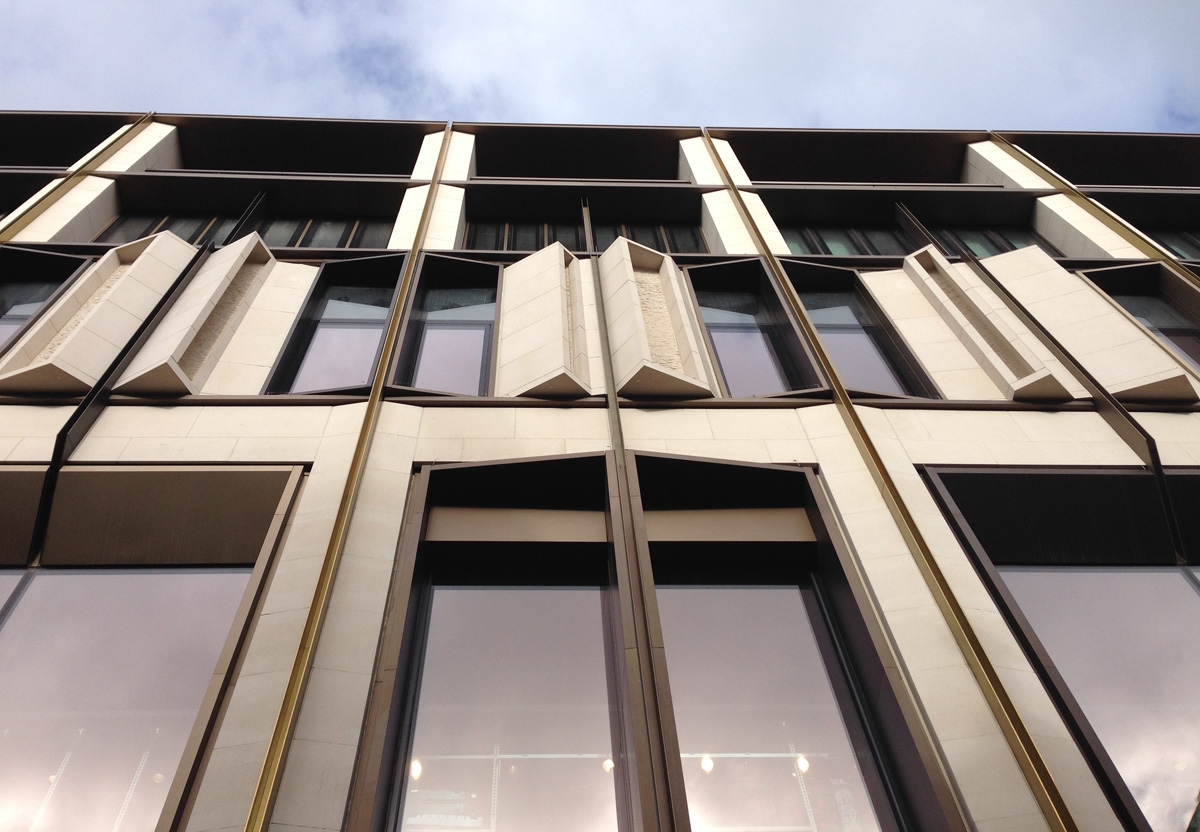
Esa Architects and Westminster City Council had expressed their wish for an artwork to be developed for the facade of 26-32 Oxford Street and for the art to be an integral part of the building fabric.
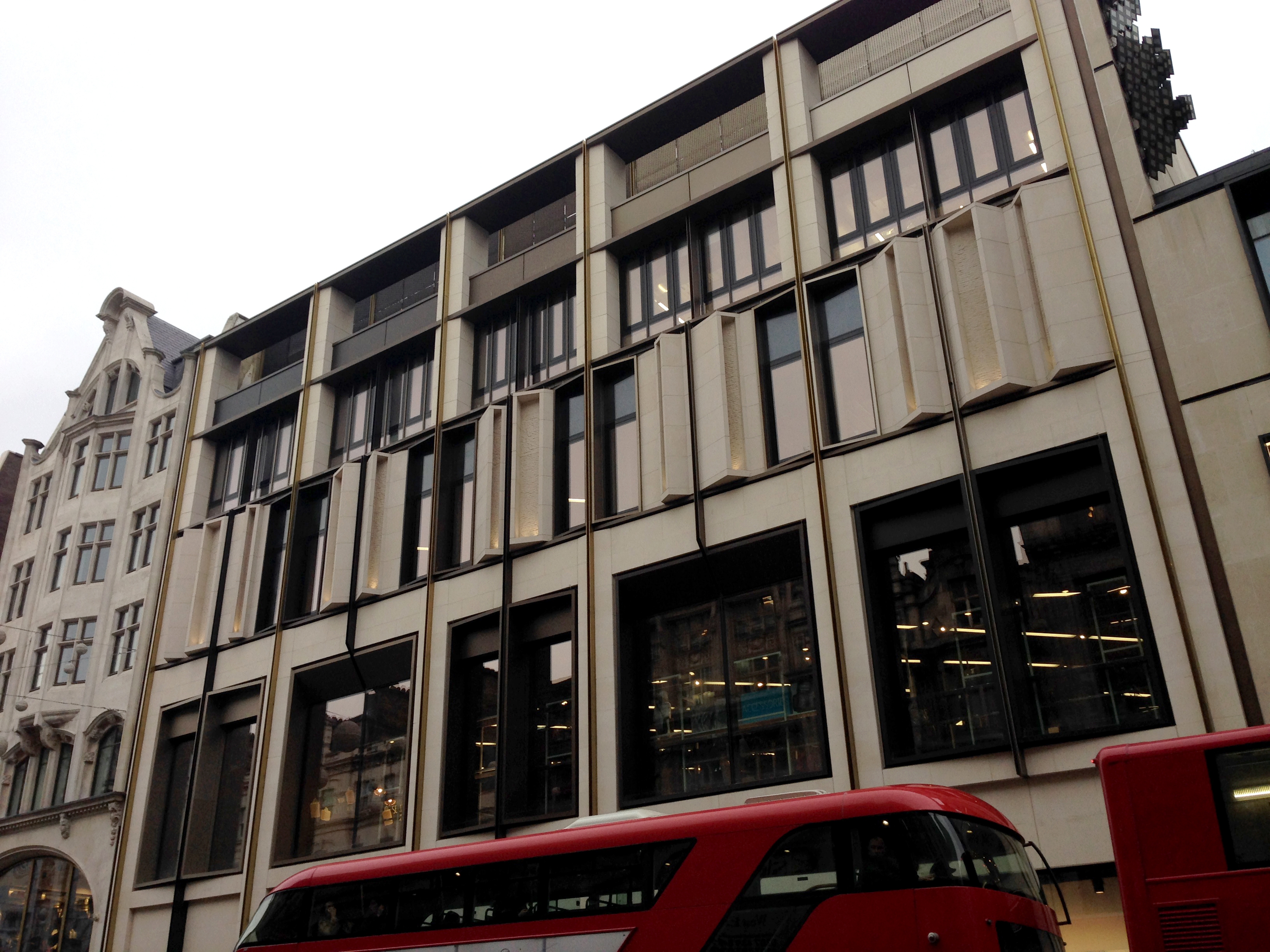
Kif Kif
Sculptural installation in the desert near Tisserdmine (MA)
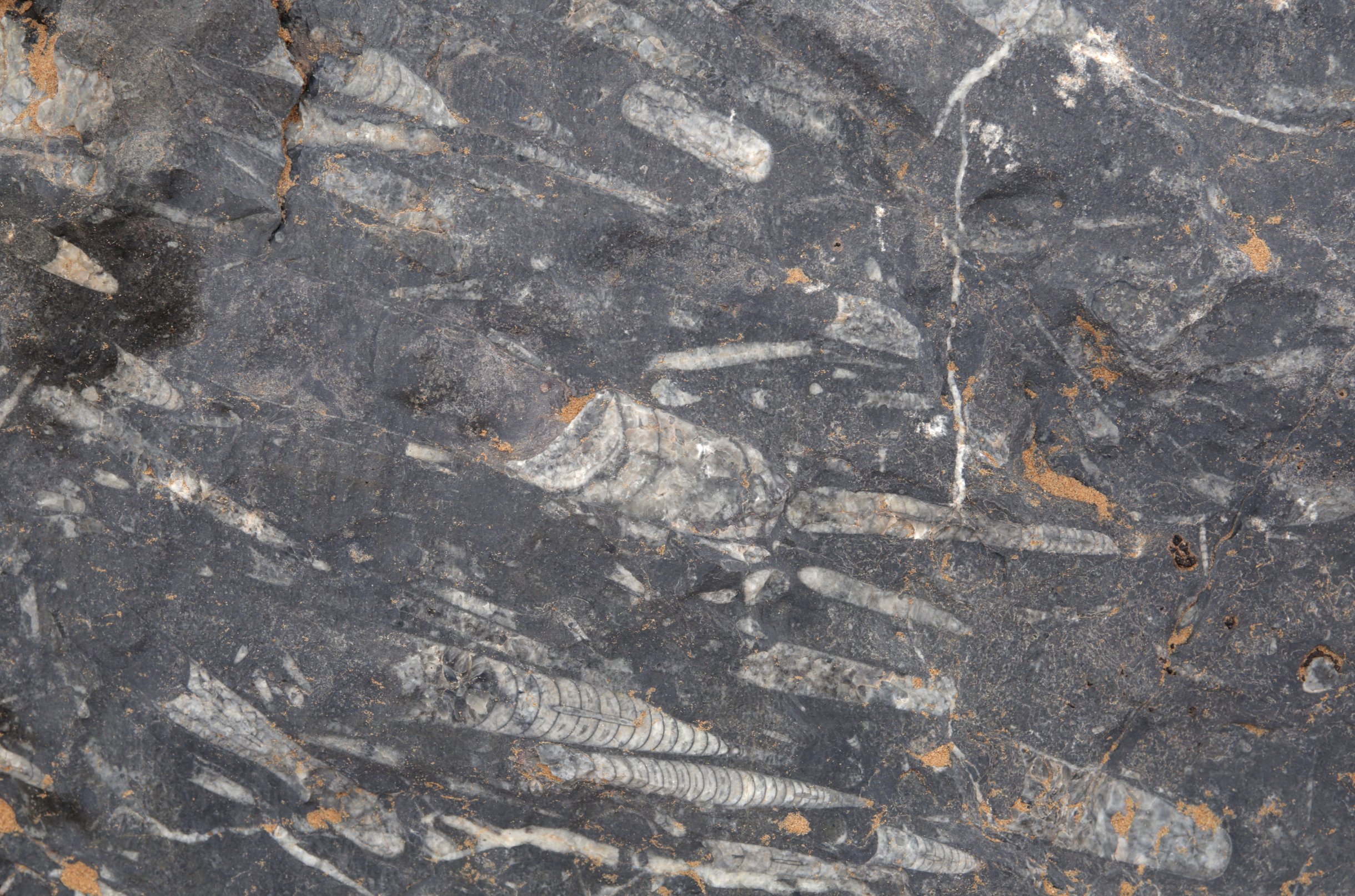
This work was developed during a work period in the desert village Tisserdmine, in the Tafilalet Region in Southeast Morocco. The sketches and sculptural forms arose from my experience in this environment, a landscape that hardly gives any sign of recognition to the human eye.
Stills
10 grave stones from memory
10 ceramic tablets made during a residency at the Banff Centre, Canada. They were based on the shapes of grave stones I had seen in a Norwegian village.
Almost Touching
Temporary installation at the Acme Project Space, London
Almost Touching is a sculptural installation made on location at the Acme Project Space in London. It was selected by students from the Royal College of Art MA Curating programme to be part of the duo show Delve, together with artist Sarah Duffy.
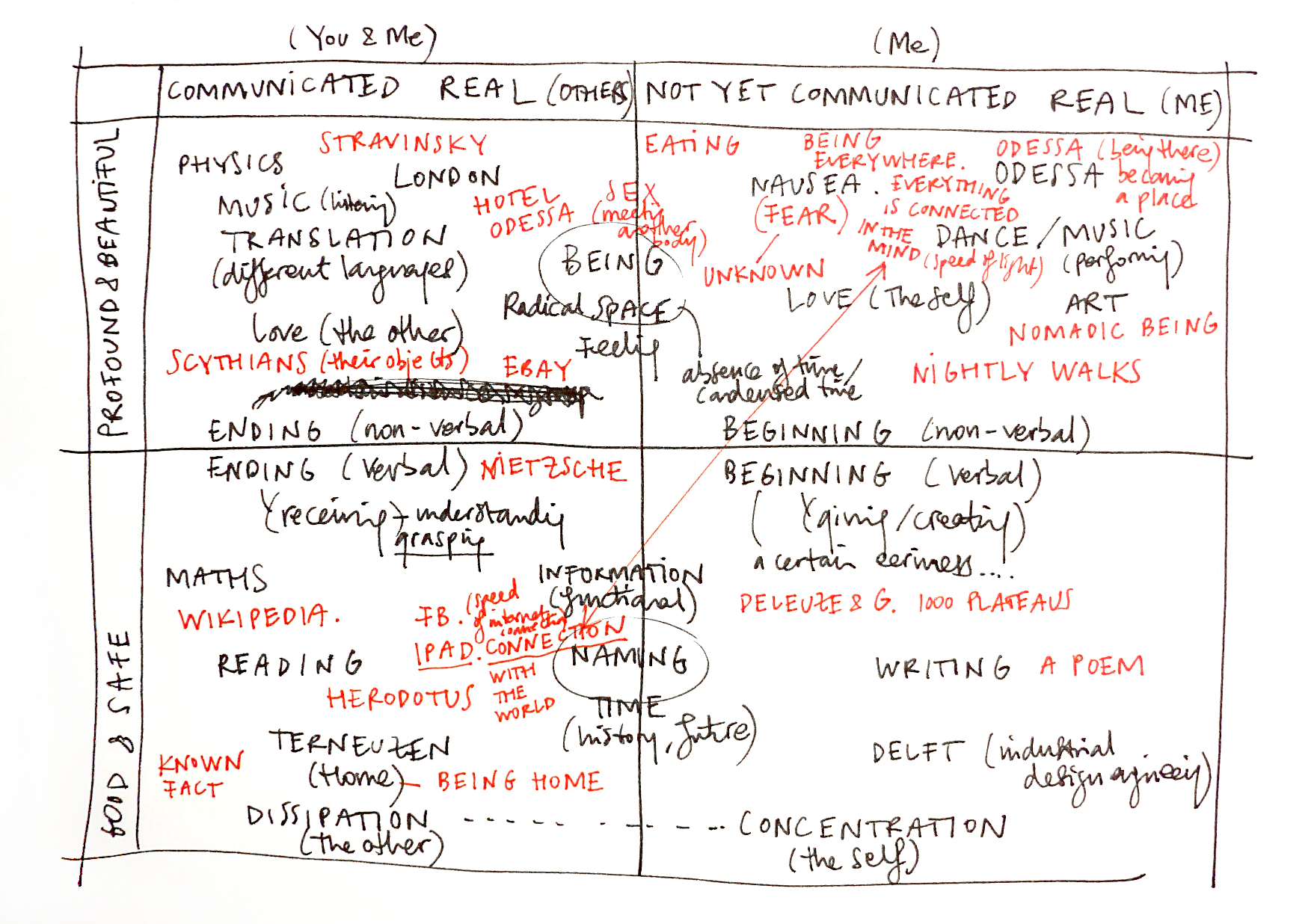
Black Sea
Short film
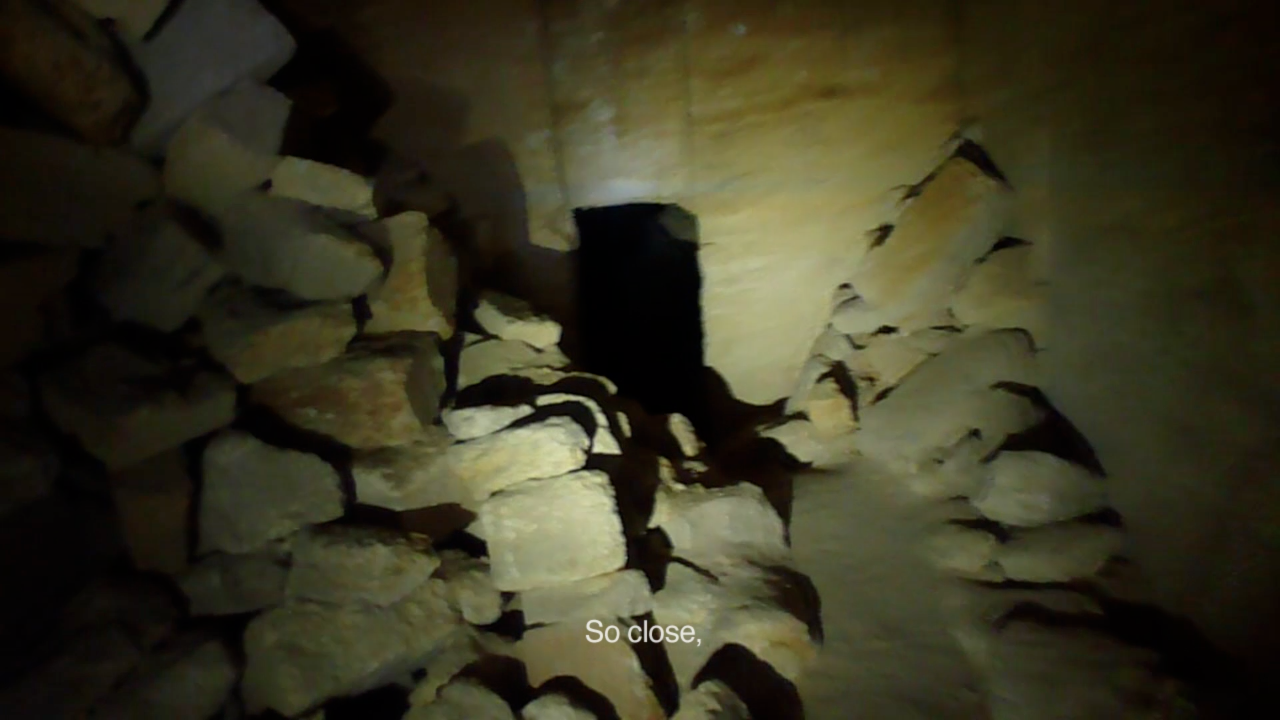
This film brings together 3 narrative spaces: The mining network below the city of Odessa, The anoxic water of the Black Sea, and the (virtual) space inside a spiral shell.
Erika
A series of work based on a poor image
On 12 December 1999 oil tanker Erika broke in two in a heavy storm off the coast of Brittany, and sank. One of the last images before she disappeared became the starting point for a series of material explorations.
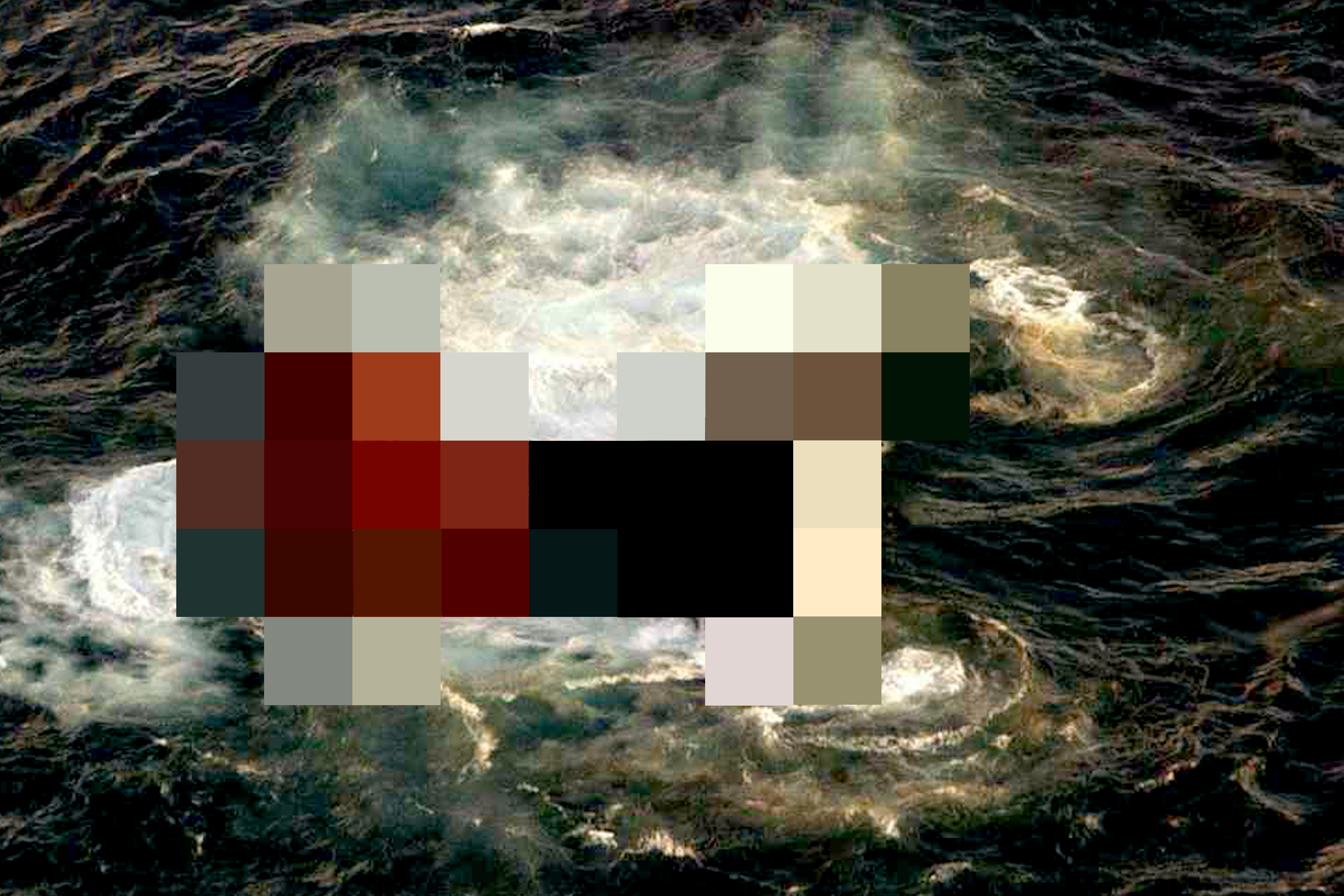
Saving Everything I
A collective reading of Don Quixote de la Mancha
200 days, 1065 readers, 912 eliminated phrases. One sentence remained.


Saving Everything II
Short film
This short film is the documentation of the systematic deconstruction of a 20-volume history encyclopaedia. The work shows various steps in the course of this process, while sounds in the background form a new story.
